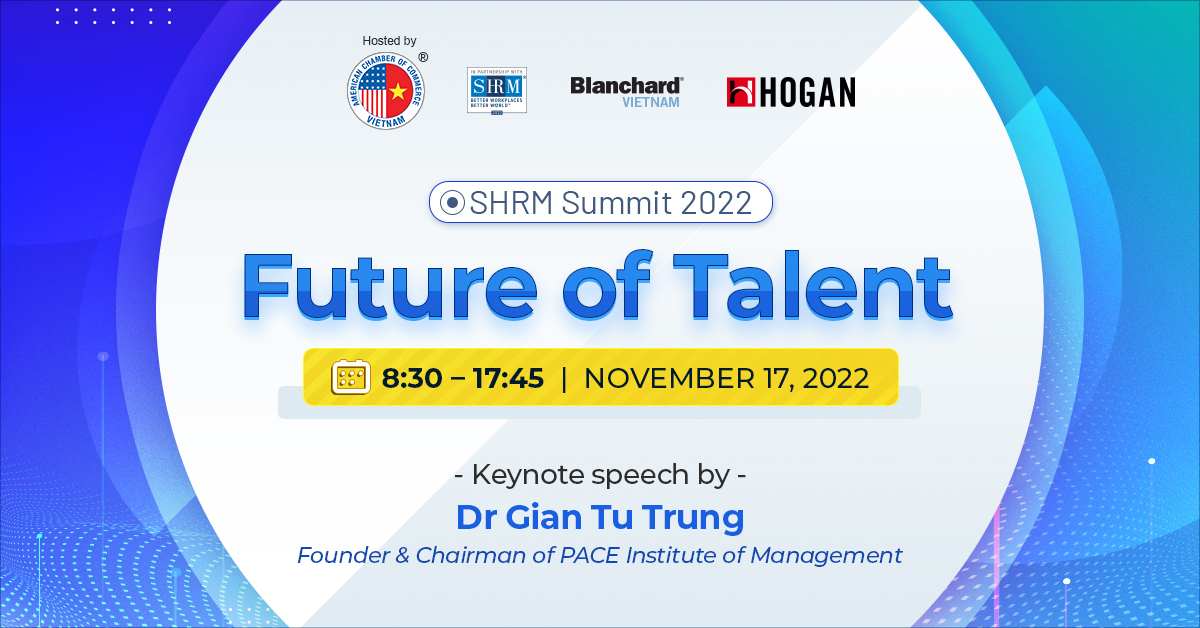A TALENT STRATEGY FOR TROUBLED TIMES - STABILITY + AGILITY
We’re all wondering the same thing: is a global recession coming?
A few months ago, it seemed as if worker shortages were the greatest business threat for 2022; the talent war to hire and keep the best people was on. But now, as companies tighten their belts to prepare for a worsening economy, there are different talent challenges on the horizon.

Những con người vĩ đại là mạch máu của các tổ chức của chúng ta
Keeping talented people is paramount in the year ahead because it is our people that will ultimately deliver a healthy bottom line.
The companies that succeed and even grow during troubled times are those that strike the right balance between stability and agility.
Your business depends on the contributions and institutional knowledge of your committed top performers. They are what give you stability in the midst of change. You must balance that stability with the need to remain agile so that you can strategically respond to shifts in the market to keep your business moving forward.
Here are three of my go-to strategies. I believe they will give you an edge despite the many looming uncertainties.
#1 - Keep Your Top Talent As You Ask More of Them
Great people are the lifeblood of our organizations; we simply can’t afford to lose them. The challenge in times of recession is that you may find yourself in a position of asking your team to take on more work with fewer resources.
If you can afford to increase pay in line with inflation in a way that is equitable, do that! It will ultimately cost less than replacing a top performer.
But of course, pay isn’t everything. Ask your team what would be meaningful to them in this context. A more flexible remote work or flex-time policy, or a budget for education or professional development, can go a long way.
Also consider investing in better tools to help your team work more efficiently and maintain work/life balance, even turning to fractional support roles to keep things moving.
#2 - Manage-Out Underperformers
It might seem risky to lose any of your team when you’re already in a position of asking people to do more with less, but keeping underperformers is costly. In addition to dragging down financial performance, they cause more work and challenges for your high performers, who may be demoralized by keeping them on.
Invest in management training. Your managers can coach underperformers to make the right decision about a role that isn’t for them–better yet–spur them on to become an A-player.
With the strategies above, you can prioritize the things that will yield the most stability. But to stay competitive, you can’t lose sight of growth. That’s where agility comes in.
#3 - Leverage Contractors and Agencies to Stay Agile
Agility is required; your team needs to pay attention to the market and adjust strategies and even roles on a quarterly basis. Quick responses create better outcomes.
The more you supplement your in-house staff with external talent, the more levers you can pull up and down and more easily respond.
First, determine what expertise is vital to have in-house and what isn’t core to your business.
Now that remote work is the norm, there are hundreds of options and opportunities to stay agile by off-loading what is not core. Companies are used to tapping contractors or temp workers for short-term projects, but non-employees can also play long-term roles in your business. Fractional roles are common now, and you can take advantage of this shift, too.
For example, one of our biotech clients is passionate about employing the best scientists on their staff. Administrative staff, such as executive assistants, are critical to running the business but our client determined that recruiting, managing and retaining them is not a core competency.
In our client’s case, the subscription staffing model enables them to flex support staff hours in response to shifts in their business.
Prioritize the core business operations that must happen, and explore outsourcing the rest.
We don’t know for sure if a global recession looms, or if we’re about to see a slow climb back to normal.
Whatever the case, it’s time for executives to take stock of their talent strategy and prepare. Doubling down on stability and agility is the answer, preparing you for whatever the future holds.
Source: SHRM










